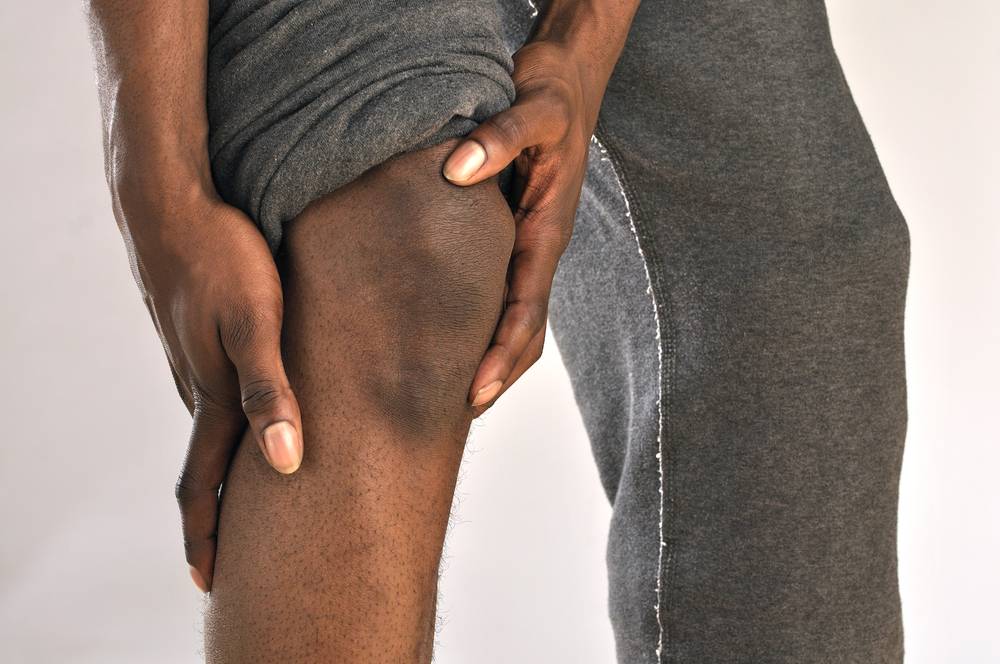Pain management can be difficult to properly address for those living in agony. However, there is hope in the form of regenerative treatments. PRP injections are gaining popularity among individuals looking to improve their quality of life by alleviating pain and stiffness associated with musculoskeletal injuries or chronic diseases. At Mattalino Orthopaedic in Phoenix, AZ, we offer PRP treatments. But how long do benefits last? We have an answer!
PRP Injections: How Long Do Benefits Last?
Patients typically experience significant benefits from their PRP injections for six to nine months. While it can take several weeks for results to be seen, one should be patient while waiting for the benefits to kick in. This is because there are a few reasons why it can take up to several weeks before experiencing any visible changes.
Firstly, the injected platelets need time to activate and start repairing damaged tissue. Secondly, the healing process takes time and sometimes requires more than one application of injections. Lastly, depending on the severity of the injury or condition being treated, it may take longer for complete healing.
Consistent Treatments
At our medical practice in Phoenix, AZ, we advise that patients remain consistent with their PRP treatments in order to maximize their results and ensure long-lasting benefits. Over time and with regular treatments, these effects can extend beyond nine months. It’s crucial for patients to understand that every person’s body responds differently to treatment depending on age, lifestyle factors, and overall health.
Therefore, an individual’s exact length of benefit may vary drastically from another person’s. Lastly, keeping expectations realistic is vital. If you’re hoping for drastic changes overnight, then you’ll likely be disappointed. However, if you allow the body enough time to heal itself naturally, then you will notice gradual yet cumulative changes over time.
How Does PRP Treatment Work?
PRP treatments have been used since the early 1980s in sports medicine to treat athletes with muscle, tendon, and ligament injuries. These treatments have recently extended to plastic surgery procedures and stem cell research applications, such as hair restoration.
Platelets are responsible for initiating the healing process in an injured area by increasing the speed of clotting and generating new tissue. PRP injections, therefore, work by delivering a higher concentration of growth factors and healing proteins directly to the site of an injury or chronic problem.
Preparing PRP Serum
The process of drawing the blood and preparing the PRP serum involves several steps. First, the patient’s blood is drawn from their arm or other location into a vial for centrifugation. The collected blood then undergoes processing through a centrifuge machine, which separates out the platelets from other cells in the blood. The platelet-rich plasma is then extracted from the rest of the sample and collected in a syringe for later use.
Growth Factors
The PRP serum contains numerous growth factors that are essential for promoting wound healing, reducing inflammation, and providing pain relief. These growth factors include VEGF (vascular endothelial growth factor), PDGF (platelet-derived growth factor), and FGF (fibroblast growth factor). All of these work together, along with other elements found in PRP, to stimulate healing and provide pain relief by increasing circulation to affected areas, cultivating cell regeneration, and repairing damaged tissues.
What Can PRP Therapy Treat?
Elbow Injuries
Elbow injuries are very common and can vary in severity. The most common elbow injuries include a dislocated elbow, sprains and strains, tendonitis, golfer’s elbow, and fractures. A dislocated elbow occurs when the upper arm bone (humerus) shifts out of its normal position due to a force or fall. Sprains and strains occur when the ligaments or muscles that support the joint become overstretched and injured.
Tendonitis is an inflammation of the tendons around the joint. Golfer’s elbow is an injury that causes pain from the biceps muscle on the inside of your forearm, leading to a weak grip and limited range of motion. Traditional treatments for elbow injuries often include rest, physical therapy, medications, and sometimes surgery. However, PRP treatments can help stimulate natural healing within damaged tissues so that they can repair themselves more quickly than usual.
Hip Injuries
PRP therapy can be used to treat injuries in the hip area as well. Common hip injuries include labral tears, bursitis, and tendinopathies. Arthritis can also affect hip joints by causing degenerative changes in the cartilage within a joint. PRP treatments may help reduce inflammation and swelling associated with these conditions, allowing for quicker healing times and improved range of motion following treatment.
Spine Injuries
The spine consists of bones called vertebrae that are stacked on top of one another to protect the spinal cord. Injuries to the spine can range from mild sprains/strains all the way to complete paralysis, depending on the severity and location of the injury.
Spinal injuries can affect your balance, posture, coordination, muscle strength, sensation, and ability to walk as well as your overall quality of life. In recent years, PRP therapy has been increasingly used for the treatment of spine-related issues, with promising results seen in many cases where traditional treatments had failed to provide adequate relief from symptoms.
Torn Rotator Cuffs
The rotator cuff is an absolutely critical piece of our shoulder health. It is composed of four small muscles and their tendons, which help keep the shoulder joint stable while allowing remarkable range of motion. If any one part in this complex system gets injured or torn, it can upset the integral movement of your shoulder and cause you great discomfort.
Activities such as weight lifting, physical labor, swimming, baseball throwing, tennis playing, and more put these delicate muscles at risk of this kind of injury. Injecting platelet-rich plasma directly into the affected area has been shown to stimulate a regenerative response that can help with recovery.
Torn Meniscus in the Knee
The meniscus is a vital component of the knee joint. It acts as a stabilizing cushion that reduces the impact of daily activities, such as walking and jogging, to protect the joint. Despite its importance, meniscus tears are surprisingly common, usually caused by jarring movements like pivoting and cutting quickly.
Platelet-rich plasma injections are very effective in reducing inflammation resulting from these tears. This injection also has the potential to reduce the amount of time it would normally take a person to recover from a torn meniscus so that they can get back out on the field or court sooner than before.
Plantar Fasciitis in the Feet
Plantar fasciitis is an uncomfortable condition that affects the connective tissue from the heel to the toes. Symptoms include sharp pains in the heel or arch of the foot, especially when taking first steps in the morning or standing after periods of rest. PRP injections have become a popular choice for those looking to relieve symptoms associated with plantar fasciitis without surgery.
Non-Healing Wounds
Non-healing wounds can be extremely traumatic. These wounds do not heal like regular wounds due to the complexity of the injury. Poor vascularity, ischemia, infection, edema, insufficient immunologic response, and inadequate nutrition are some of the factors that contribute to non-healing wounds. PRP injections strive to address these underlying issues by stimulating tissue regeneration and cell mobilization – this creates ideal conditions for wound healing.
Is PRP Worth the Money?
To answer this question, one must consider the long-term effects of PRP therapy compared to other treatment options. Depending on the type of injury or condition being treated, alternative treatments such as surgery or steroid injections may require multiple visits to clinics and hospitals while also being much more expensive with higher risks associated with them.
On the other hand, PRP requires fewer visits since it’s a relatively quick treatment that takes place in an outpatient setting. Furthermore, due to its autologous nature, there are very few safety concerns when using PRP compared to other treatments that involve synthetic drugs or foreign materials. PRP therapy is also an effective method for those looking for reduced pain levels alongside shorter recovery times than what traditional treatments offer today.
Reinvigorate Yourself
If you’re looking to improve your quality of life and manage chronic pain or conditions, PRP therapy may be the perfect treatment for you. This type of injection is designed to help regenerate cells and tissues, allowing patients to overcome their existing symptoms with lasting results. Contact Mattalino Orthopaedic in Phoenix, AZ, today and take charge of living a more vibrant and healthy lifestyle with our help!


